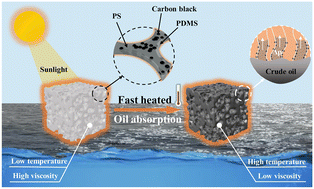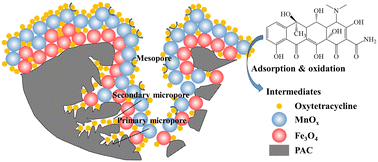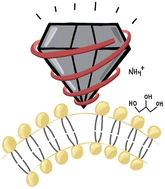Environ. Sci.: Nano, 2023, Advance Article
DOI: 10.1039/D3EN00424D, Paper
DOI: 10.1039/D3EN00424D, Paper
Hang Zhang, Kang Liu, Yingkang Chen, Xiaojian Wang, Hongmei Li, Junwei Fu, Liyuan Chai, Zhang Lin, Min Liu
Regulating Al2O3 to θ phase is an effective method for enhancing the stability of CF4 decomposition.
To cite this article before page numbers are assigned, use the DOI form of citation above.
The content of this RSS Feed (c) The Royal Society of Chemistry
Regulating Al2O3 to θ phase is an effective method for enhancing the stability of CF4 decomposition.
To cite this article before page numbers are assigned, use the DOI form of citation above.
The content of this RSS Feed (c) The Royal Society of Chemistry

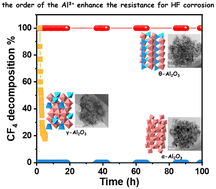
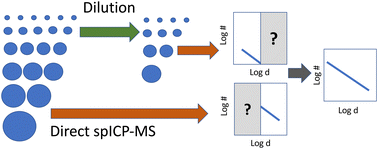
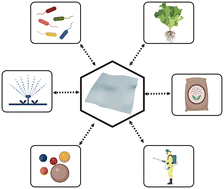
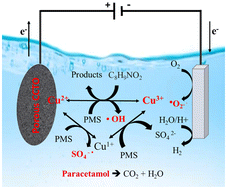
 Open Access
Open Access
